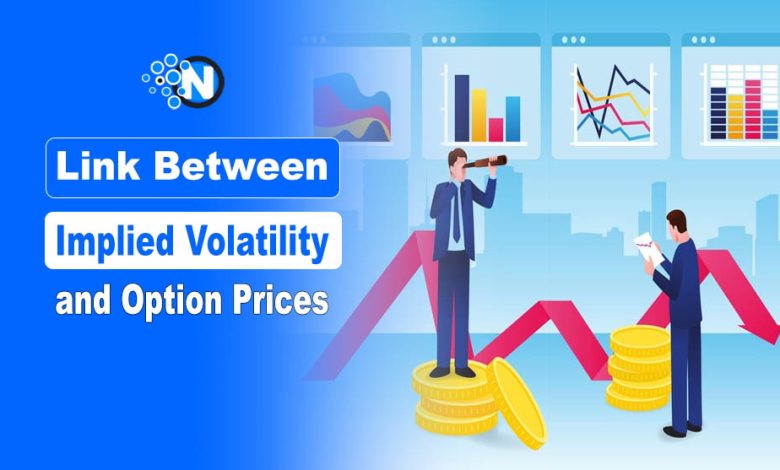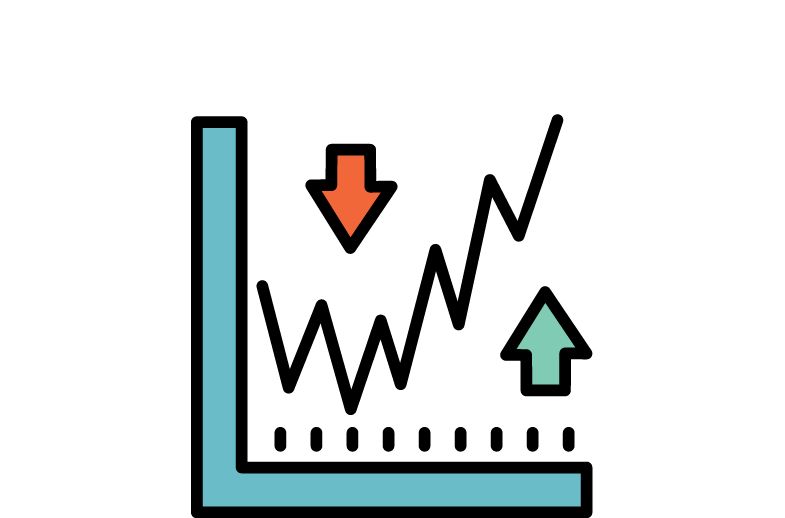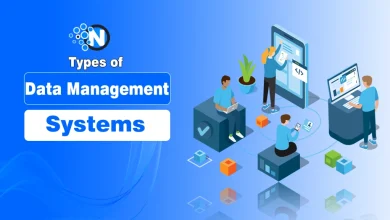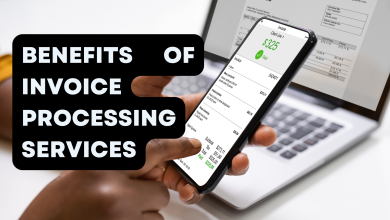Exploring the Link Between Implied Volatility and Option Prices

Implied volatility is a major component in the options trading sector, affecting call and put options. They are like the heart for the market conveying the expected future fluctuations of an asset.
Understanding the connection between these two factors can be a game changer as it provides the most desired element of Financial Risk Management – the ability to trust one’s decisions.
In this blog post, I will help you understand the relationship between implied volatility and option prices in the light of insights gained from experts. Or you can Go immediate-apex.com/ to learn more.
How Implied Volatility Affects Call and Put Options
Implied volatility, or IV, can be a game-changer for options traders. It measures the market’s forecast of a possible movement in an asset’s price. Imagine it as the weather forecast for the stock market. When the forecast predicts a storm, you might rush to buy an umbrella. Similarly, when IV is high, traders expect big price swings, pushing up option prices.

Call options, which give the right to buy an asset, get pricier with rising implied volatility. Why? Because there’s a higher chance the stock price will jump past the strike price. On the flip side, put options, which allow selling, also get more expensive. Higher IV means a greater probability the stock price will fall below the strike price.
But, implied volatility isn’t just about costs. It impacts strategy too. For instance, selling options can be more attractive when IV is high, as the premiums collected are richer. However, it’s a double-edged sword.
High IV suggests market uncertainty, akin to sailing through choppy waters. It demands careful navigation. For the cautious trader, this might mean hedging positions or limiting exposure to manage risks.
Ever wonder why some traders thrive in volatile markets? They read the IV tea leaves and adjust their strategies accordingly. It’s a blend of art and science, making IV a critical aspect of successful options trading.
Read Also: How To Make Money with Intraday Trading
Market Sentiment and Its Impact on Implied Volatility
Market sentiment is like the collective mood of investors. It is the crowd’s psychology at play. When investors are optimistic, implied volatility often dips. Why? Because calm markets signal less uncertainty, much like a serene sea indicating smooth sailing ahead.
Conversely, pessimistic sentiment sends implied volatility soaring. Think of it as storm clouds gathering on the horizon. Fear and uncertainty about future market movements prompt investors to buy options as insurance, driving up IV. Have you ever noticed how news of economic turmoil or political instability spikes market nerves? It’s the same principle.
Consider this: a sudden geopolitical event or disappointing corporate earnings report can trigger a rush to buy options, pushing up IV. It’s a bit like a run on a bank—everyone’s scrambling for cover, driving up prices in the process.
But market sentiment isn’t always rational. Sometimes it’s swayed by rumors or emotional reactions. Ever heard of the “fear gauge,” the VIX? It measures market expectations of near-term volatility conveyed by S&P 500 index option prices. When the VIX spikes, it’s a signal that fear is gripping the market.
Navigating market sentiment can be tricky. It requires not just understanding the headlines but also gauging how the crowd might react. In this way, staying informed and connected to market news isn’t just smart; it’s essential for interpreting and leveraging implied volatility in your trading strategies.
Real-World Examples: Implied Volatility in Action
Let’s dive into the real world and see how implied volatility plays out. Remember the 2008 financial crisis? It was a period of extreme market fear. The IV on many options skyrocketed as investors scrambled to protect their portfolios. Options became more expensive, reflecting the market’s anticipation of massive price swings.
In early 2020, markets were gripped by uncertainty as the COVID spread globally. Implied volatility shot up. The VIX, often called the fear index, hit levels not seen since the financial crisis. Traders were willing to pay hefty premiums for options to hedge against unprecedented market movements.
Earnings season often brings spikes in IV for individual stocks. Suppose a tech giant is about to announce its quarterly results. Investors anticipate big moves based on the news—positive or negative. As a result, the IV for options on that stock rises. It’s the market’s way of bracing for impact.
Another example: Mergers and acquisitions can create similar effects. When rumours swirl about a potential deal, IV can jump as traders speculate on the outcome. It’s like the buzz before a major sports event—everyone’s guessing the result, and prices reflect that uncertainty.
Real-world events and market sentiment together shape implied volatility. By taking care of these factors, traders can better navigate the choppy waters of the options market, making informed decisions that account for both potential risks and rewards.
Conclusion
The knowledge of how implied volatility affects option prices helps the trader in his/her decision-making process. As such, understanding current market attitudes and real events occurring can greatly benefit you in terms of trading. But always do not forget that the mood in the market can be as changeable as the weather.
So stay prepared and stay ahead to generate more revenues.




